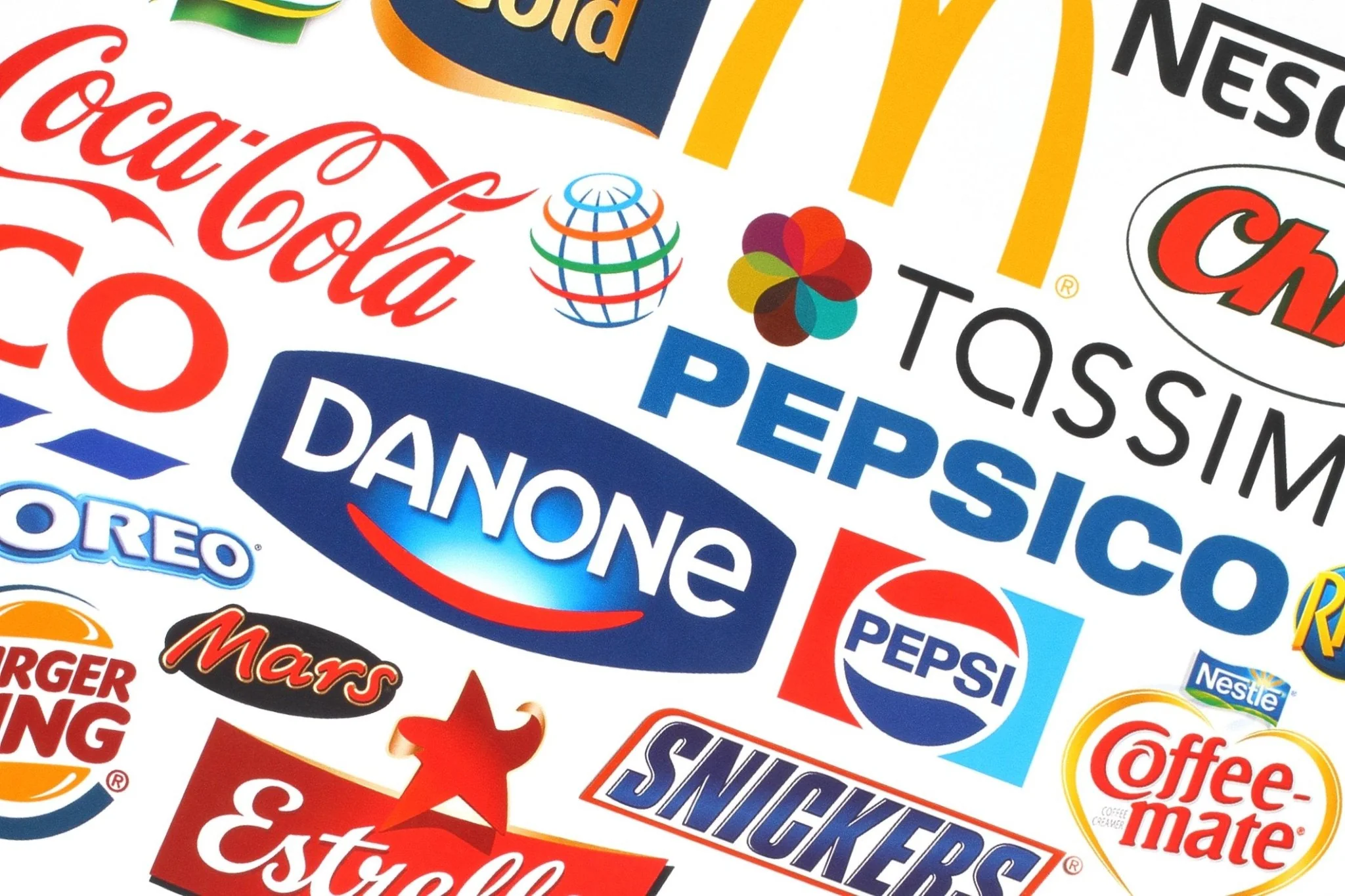Belt-Tightening America: Low-Income Shoppers Force Food Giants to Reinvent Strategies
Grocery Revolution: Budget-Conscious Consumers Spark Overhaul in Food Industry
Many Americans who rely on government benefits to purchase food and other necessities are cutting back on spending. This trend has prompted major food companies like Kraft-Heinz and Conagra Brands to rethink their products and marketing strategies after years of raising prices. Low-income consumers, typically earning less than $35,000 per year, are opting to cook from scratch, use leftovers, or simply buy less, leading to a decline in sales volumes for packaged foods and drinks.
Data from the U.S. census in 2022 revealed that about one-third of Black American households and 21% of white American households fall into this low-income category. As a result, companies are anticipating headwinds due to reduced benefits from programs like the Supplemental Nutrition Assistance Program (SNAP). Convenience stores like Circle K have seen a significant drop in sales from customers using food stamps, indicating the impact of reduced benefits on consumer spending habits.
READ ALSO: $152M Tax Credits California Offers For 12 Upcoming TV Projects

Food Industry Giants Introduce Deals Amidst Economic Strain – Feeding the Frugal!(PHOTO: Getty Images)
From Scratch to Savings: Major Food Companies Pivot Amidst Low-Income Spending Decline
To adapt to the changing market, food companies are introducing new products and emphasizing value and discounts. For example, Conagra plans to launch new, affordable chicken patties to appeal to consumers who can no longer afford fast food. With the shift towards value-focused purchases, consumer companies are reevaluating their strategies to attract budget-conscious shoppers while addressing the growing concerns of food insecurity among low-income households.
READ ALSO: Low-Income Households – Food Giants Adapt With Discounts And Larger Portions

















































